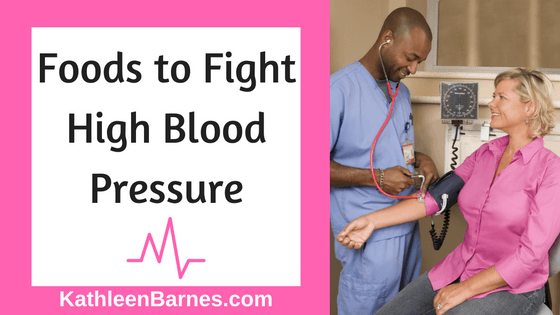Hypertension, also known as high blood pressure, is a silent killer. Millions of Americans have it and don’t know they have it, so they don’t treat it, placing themselves at risk for heart attacks and strokes, the leading cause of death in the United States.
The Centers for Disease Control and Prevention says 67 million American adults –or one in three of us – have high blood pressure.
Hypertension is the primary common factor in heart attacks and strokes. It affects:
- 69% of people who have a first heart attack
- 77% of people who have a first stroke
- 74% of people with chronic heart failure
Hypertension is the primary or contributing cause of death for 348,000 Americans every year.
Yet only 47% of those who have high blood pressure have it under control.
First of all, you need to know if you’re at risk. It’s easy. Ideal blood pressure is 120/80. Any regular deviation can signal problems.
If you have a blood pressure monitor or make use of one at your local pharmacy, keep a few things in mind:
- Blood pressure can change throughout the day. It’s usually lowest early in the morning.
- Blood pressure goes up when you’re moving around. If you’re taking a reading, sit still for at least five minutes before measuring.
- Blood pressure responds to stress and illness. When you visit your doctor’s office you may experience “white coat hypertension,” which is one of the most common forms of elevated blood pressure, but it’s usually temporary. Many of us get nervous in the doctor’s office, and often our blood pressure will be elevated due to an illness or pain.
- If your doc tells you that your pressure is high, ask for a second reading later in the visit or ask if you can monitor your blood pressure at home over the coming month to determine whether there is really a problem.
- Stress is a major underlying cause of hypertension. It must be addressed. I’ll give you a few excellent ways to beat the stress monster inn my book, 10 Best Ways to Manage Stress. It’s available as a free download now and until the end of the holidays period.
There are natural alternatives to prescription medications used to treat high blood pressure, plus it’s easy to monitor your own progress.
Garlic is a primo vegetable to help relax blood vessels. Allicin, a sulfur compound that give garlic is odor and its power, has been shown to relax blood vessels and lower blood pressure as well as some other impressive heart healthy benefits we’ll talk about in the cholesterol-lowering section.
Spinach, sunflower seeds and dried beans (think kidney beans, pintos, and navy beans) are all good sources of magnesium. Your blood vessels are like rubber tubes that are stretched to the max, making them thin and taut. But if the tension on the tube is released, the tube becomes wider and more flexible. Magnesium works just like that in your arteries, helping blood flow more easily and lowering pressure.
Studies show that people who eat magnesium-rich diets have lower blood pressure.
Potatoes (baked or roasted, without butter or sour cream, please!) are an excellent source of potassium (as are the above mentioned foods) that helps regulate fluid balance in the body. Excess water, fluid buildup and bloating (usually caused by a sodium-potassium imbalance) put extra pressure on the blood vessels and increases blood pressure. Getting extra potassium from potatoes and other veggies can help reduce the fluid buildup and normalize blood pressure. Just go easy on these high=carb foods that may cause your blood sugar to respond much like a high sugar food.
Bananas are also an excellent source of potassium.
Dark chocolate is my favorite bonus food! Its antioxidant flavonoids are study-proven to help lower blood pressure, reduce inflammation and improve the elasticity of blood vessels. Look for chocolate that is at least 70% dark chocolate and low in sugar and keep your quantities small—it only take about an ounce to get the health benefits of this delicious food.








Blood pressure is usually highest in the morning due to higher level of cortisol! One of my friends had stroke at age 55 and she didn’t even know she had hypertension because she always saw the doctors in the afternoons with normal BP reading around 125/85. They found her BP were around 190/100 in early mornings while she was in the hospital.